Hannes Klostermann: French Polynesia
French Polynesia is an overseas collectivity consisting of a group of islands located in the South Pacific Ocean. Semi-autonomous from Frances, it has an area about the same as that of central Europe and consists of 118 picturesque islands and atolls grouped into five archipelagos, each with very unique characteristics.
My trip last September led me to Mo’orea (in case you don’t speak Tahitian or forgot the word, this means “yellow lizard”) and the Tuamotu archipelago which provided some fantastic underwater activities, along with stunning topside views! The natural beauty is just overwhelming at times.
During the season, Mo’orea and Tahiti are the home to humpback whales (Megaptera novaeangliae), which can be found anywhere around the islands. I was pleased to see the level of respect the operators show towards the animals.
The diving in the Tuamotu archipelago takes place mainly in and around the “passes,” the channels through which water flows into and out of the lagoons in the centers of the atolls. Here, large animals can frequently be observed, including, but certainly not limited to, bottlenose dolphins (Tursiops truncatus), grey reef (Carcharhinus amblyrhynchos), silvertip (Carcharhinus albimarginatus) , great hammerhead (Sphyrna mokarran) and tiger (Galeocerdo cuvier) sharks, along with oceanic and reef mantas (Mobula birostris and M. alfredi) and eagle rays (Aetobatus narinari).
The reefs are dominated by hard corals, which appear to be very healthy perhaps due to the powerful currents. While diving in this fast moving water is a huge thrill, it’s not exactly conducive to producing quality imagery. Thankfully, other passes offer phenomenal diving with very mild currents.
One of the main draws of French Polynesia is night diving with hunting sharks (mainly grey reef), made famous by Laurent Ballesta’s documentaries, or more recently, by this year’s overall winning image in the Underwater Photographer of the Year competition. There are hundreds of sharks, and the action can be very fast-paced. Nature at its finest!
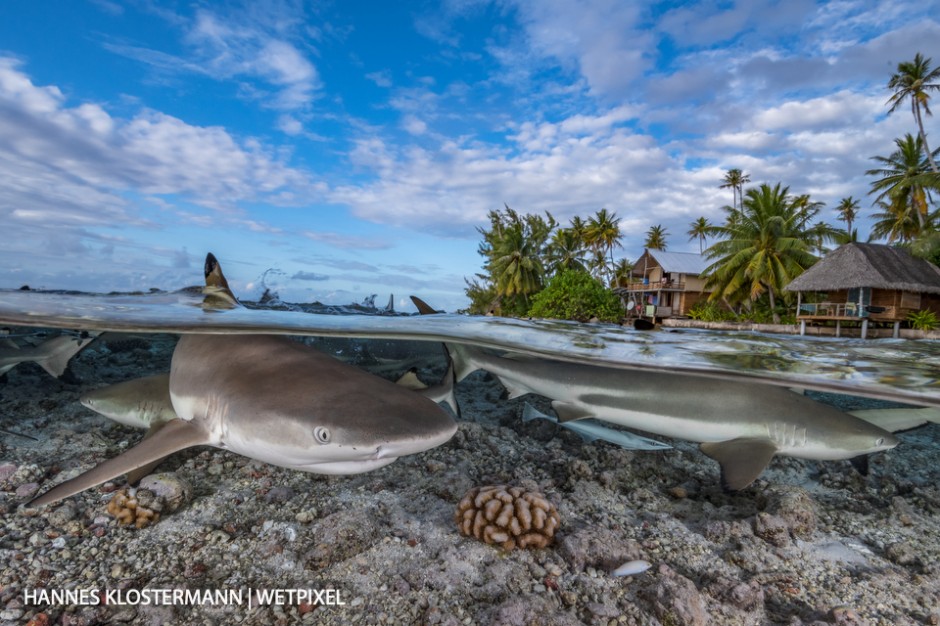
Blacktip reef sharks (Carcharhinus melanopterus) in about half a metre of water. French Polynesia offers some amazing opportunities for over/unders!
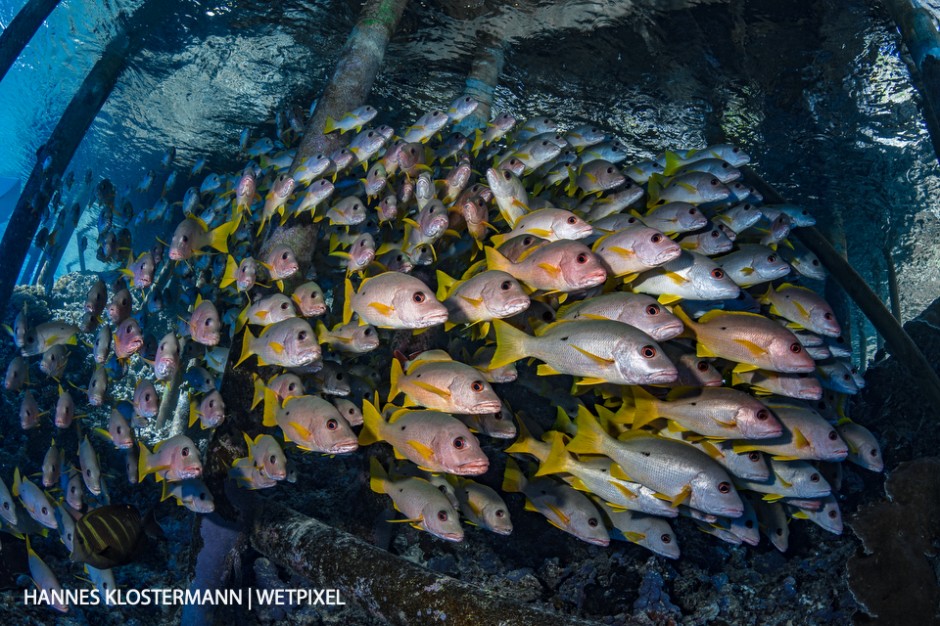
Onespot snapper (Lutjanus monostigma) gather underneath a jetty in Fakarava.
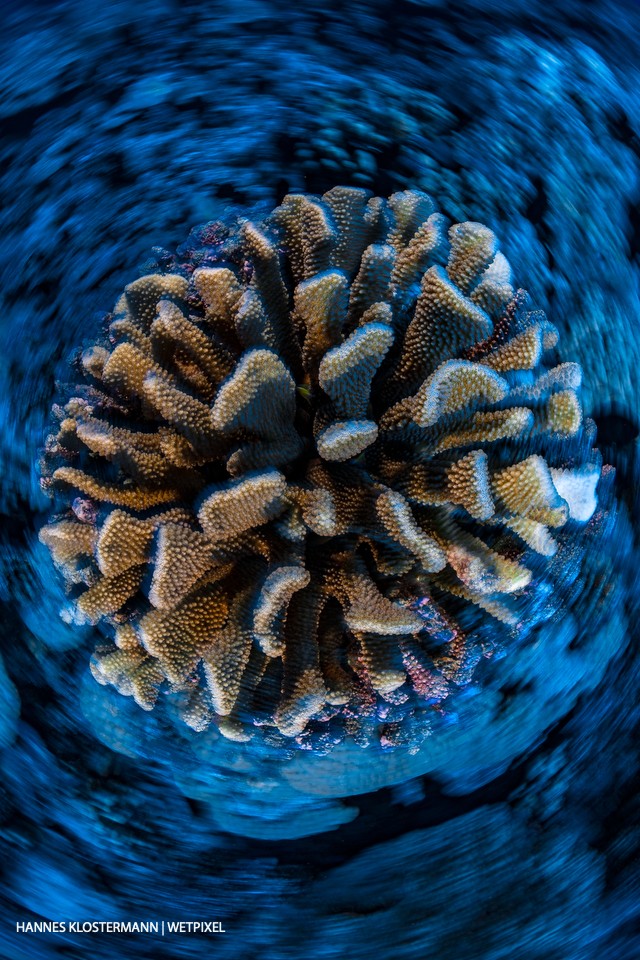
Even when the most interesting wildlife decides to take a break, there are still plenty of subjects to play with (metaphorically!)
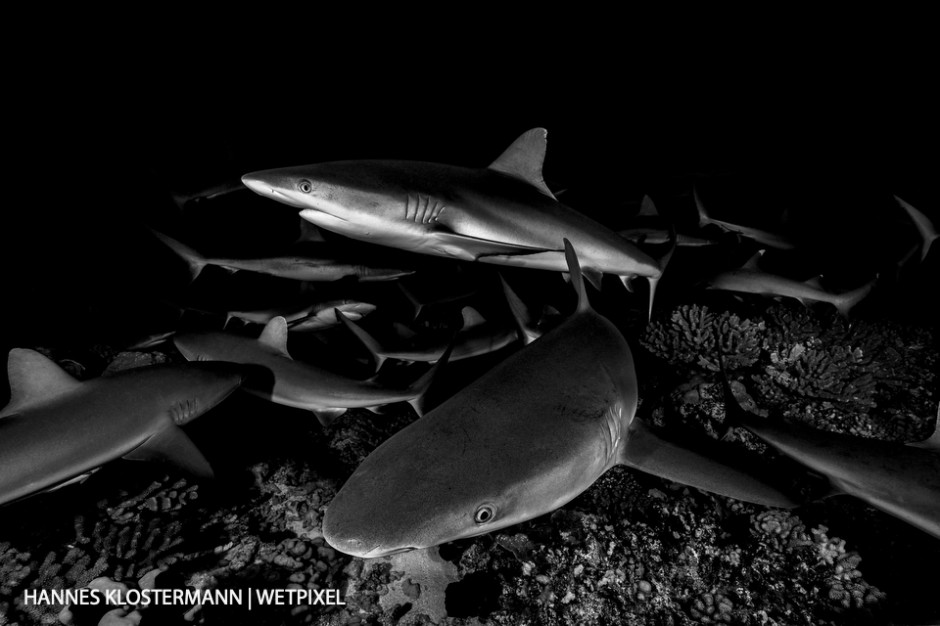
These night dives are not baited. What happens here is entirely natural and quite simply an incredible experience.
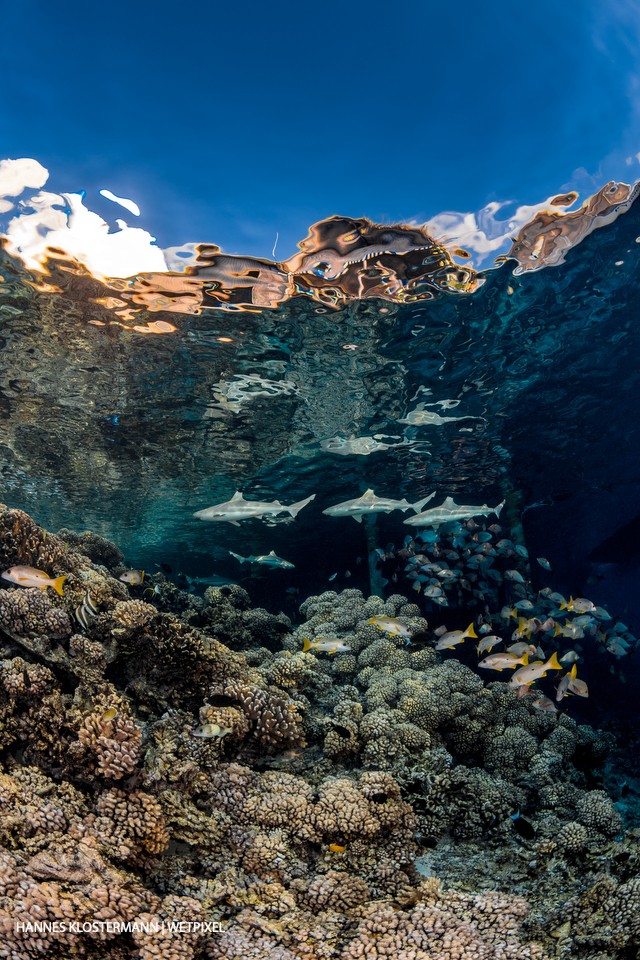
Blacktip reef sharks (Carcharhinus melanopterus) patrol the shallow areas of a reef.
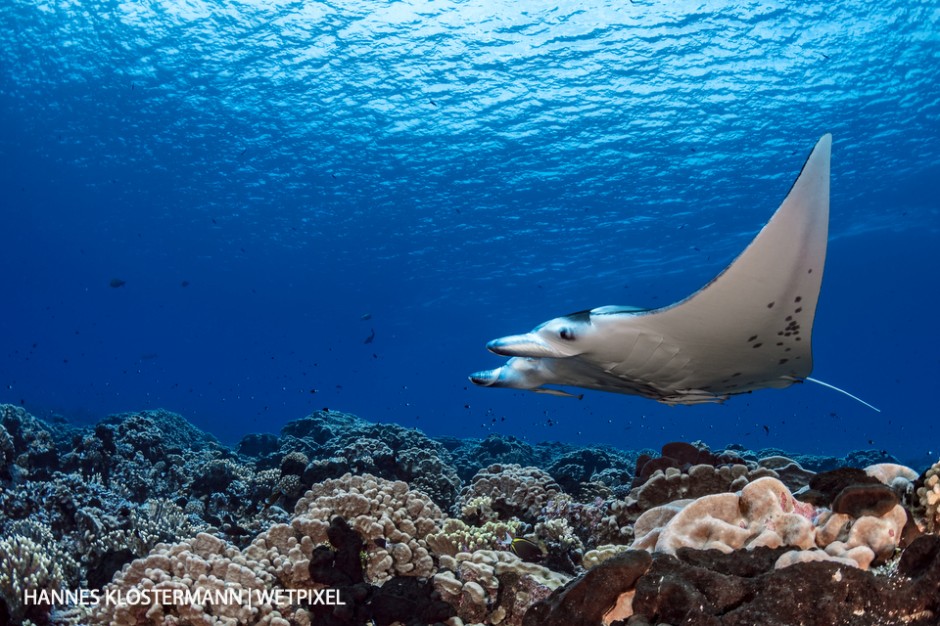
A reef manta ray (Mobula alfredi) passing over a pristine hard coral reef.
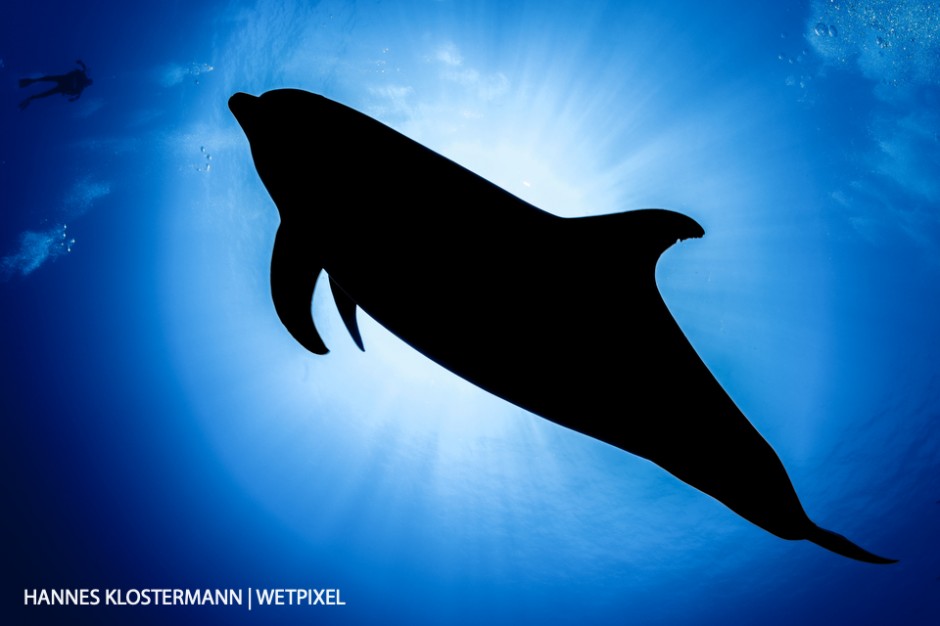
The bottlenose dolphins (Tursiops truncatus) of Rangiroa are famous for being extraordinarily curious. They often approach divers and sometimes even stop in the center of the group to pose for pictures!
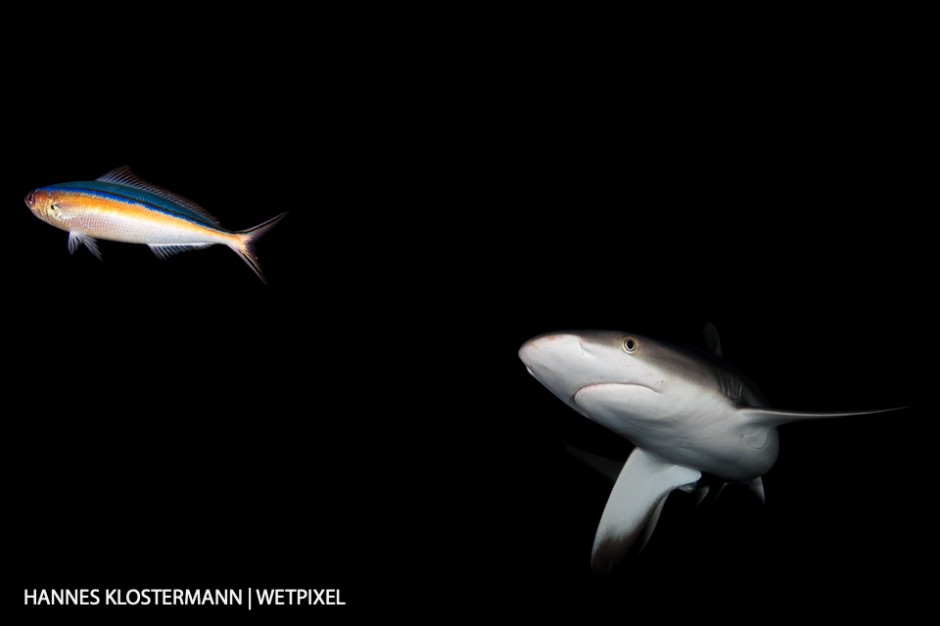
A grey reef shark (Carcharhinus amblyrhynchos) with potential prey.
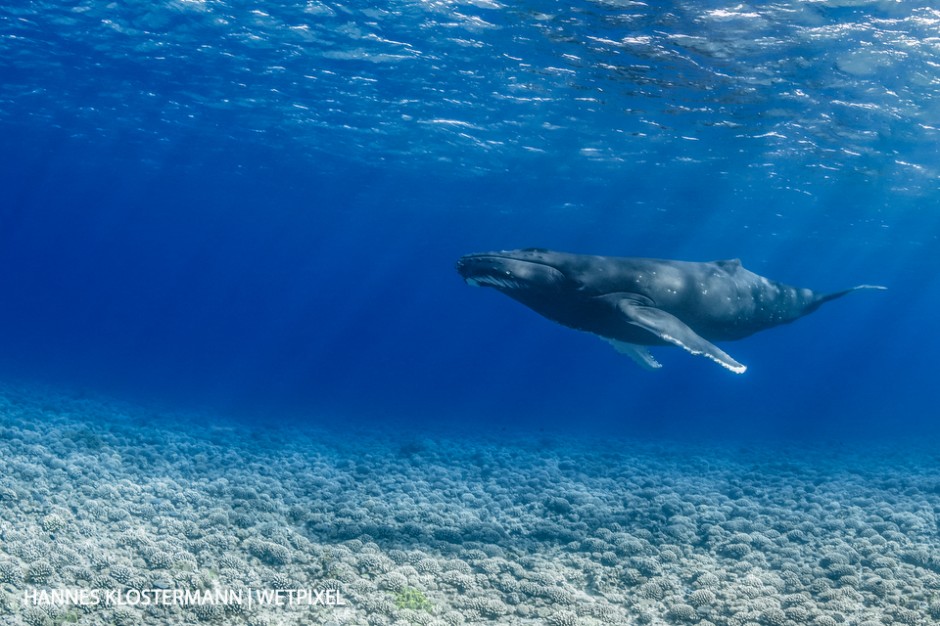
Humpback whales (8Megaptera novaeangliae*) migrate seasonally to the waters of Tahiti and Mo'orea. Sometimes they can even be encountered in relatively shallow areas.
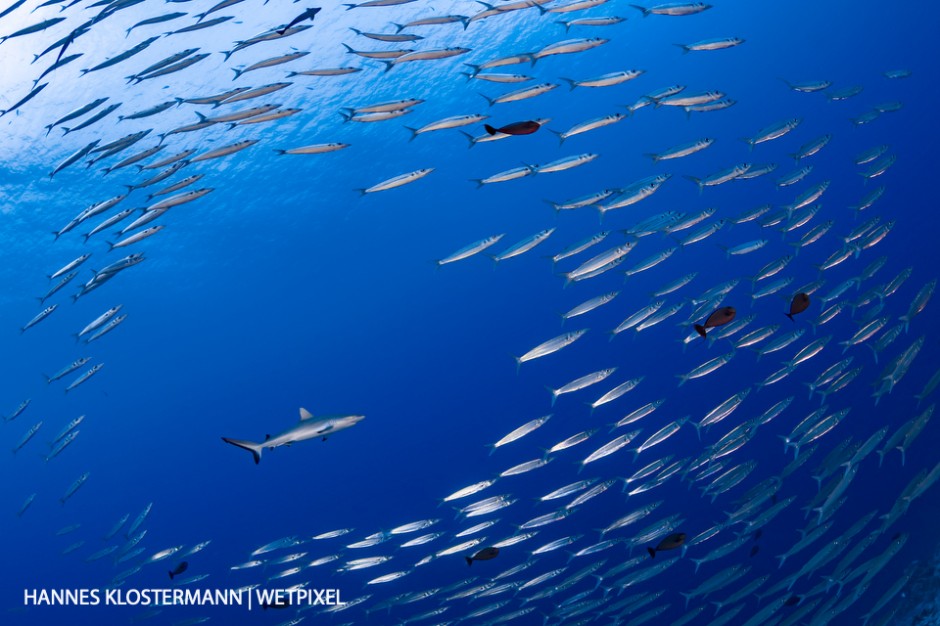
A school of small barracuda makes way for a passing grey reef shark (Carcharhinus amblyrhynchos).
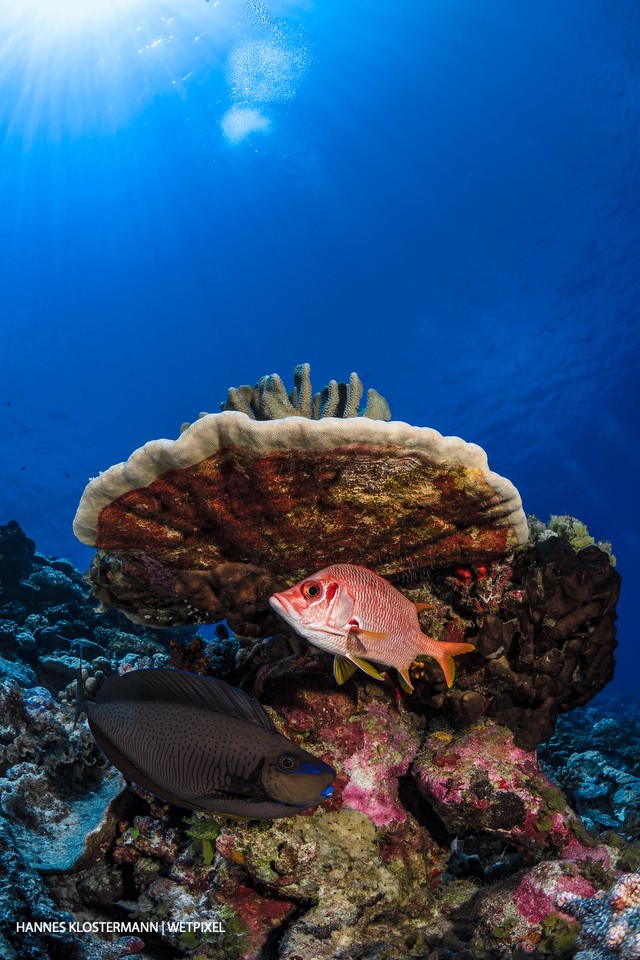
A sabre squirrelfish (Sargocentron spiniferum) is joined by a bignose unicornfish (Naso vlamingii).
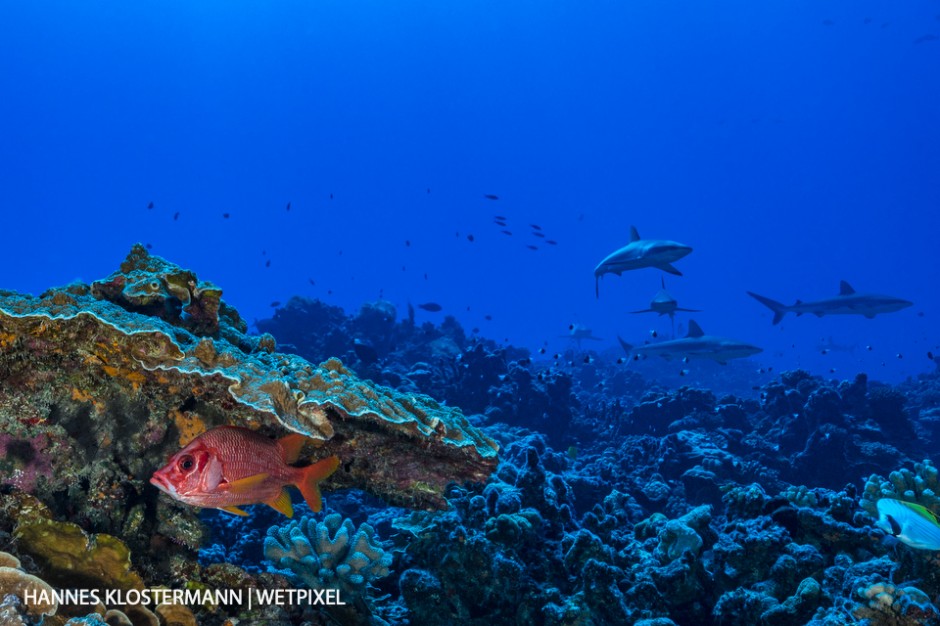
A sabre squirrelfish (Sargocentron spiniferum) hides under coral from a pack of grey reef sharks (Carcharhinus amblyrhynchos).
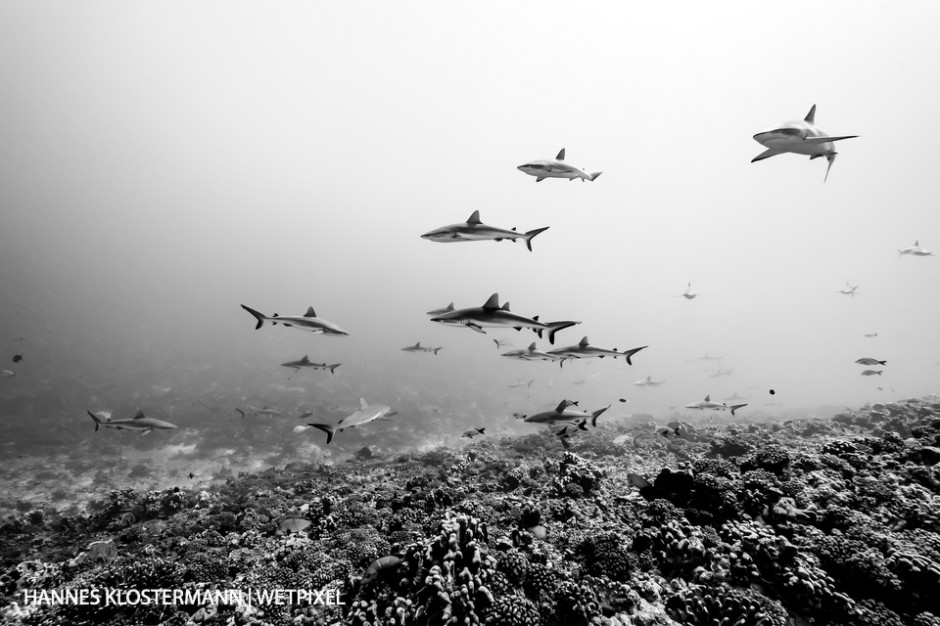
Part of the famous 'Wall of Sharks' in Fakarava. During the day, hundreds of sharks gather in several large groups, slowly cruising in the current to conserve energy for their nocturnal hunts.

Night dives in French Polynesia can be a huge thrill! In some places, you can dive with hundreds of hunting grey reef sharks (Carcharhinus amblyrhynchos).
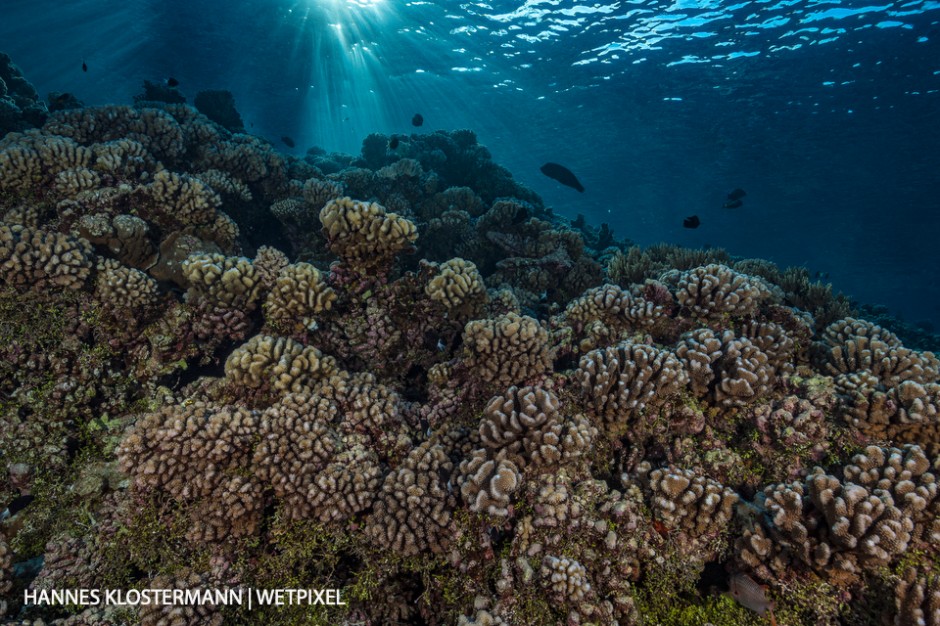
The reefs of the Tuamotu archipelago are dominated by hard coral, the vast majority of which appears healthy.